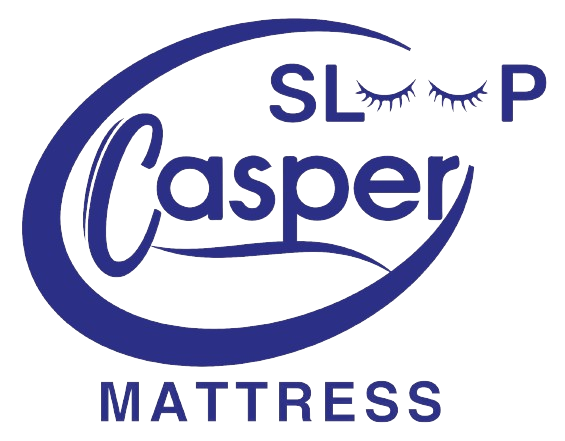An orthopedic mattress is designed to provide enhanced support and comfort for individuals with specific orthopedic conditions or those seeking preventive measures for back and joint pain. These mattresses are crafted with the intention of promoting proper spinal alignment and relieving pressure points throughout the body. Here are key features and benefits associated with orthopedic mattresses:
1. Firmness and Support:
Orthopedic mattresses are typically firmer than standard mattresses. The firmness is aimed at providing optimal support to the spine, ensuring that it maintains its natural alignment during sleep. This can be particularly beneficial for individuals with back pain or orthopedic issues.
2. Spinal Alignment:
The design of orthopedic mattresses prioritizes spinal alignment. By keeping the spine in a neutral position, these mattresses aim to reduce stress on the back and alleviate discomfort. Proper alignment can contribute to a better sleep posture and may help alleviate or prevent back pain.
3. Pressure Point Relief:
Orthopedic mattresses are designed to distribute body weight evenly, reducing pressure points on joints such as the hips, shoulders, and knees. This feature can be beneficial for individuals with arthritis or other conditions that cause joint pain.
4. Quality Materials:
High-quality materials are often used in the construction of orthopedic mattresses. These may include memory foam, latex, or other advanced materials that offer both support and comfort. The choice of materials can contribute to the mattress’s durability and effectiveness in providing orthopedic benefits.
5. Memory Foam Technology:
Many orthopedic mattresses incorporate memory foam, which conforms to the contours of the body. Memory foam provides a customized level of support and can help reduce pressure points by evenly distributing body weight. It is also known for its ability to return to its original shape after use.
6. Reduced Motion Transfer:
Some orthopedic mattresses are designed with features that minimize motion transfer. This can be particularly useful for couples, as it means that movements on one side of the bed are less likely to be felt on the other side, promoting undisturbed sleep.
7. Hybrid Designs:
Hybrid orthopedic mattresses may combine different materials, such as innerspring coils, memory foam, and latex, to maximize both support and comfort. This hybrid approach aims to provide a balance of pressure relief and spinal support.
8. Breathability and Temperature Regulation:
Certain orthopedic mattresses incorporate features for better breathability and temperature regulation. This is important for ensuring a comfortable sleep environment, especially for those who tend to sleep hot.
9. Allergen Resistance:
Some orthopedic mattresses are designed to be hypoallergenic and resistant to dust mites, mold, and other allergens. This feature can be beneficial for individuals with allergies or respiratory issues.
10. Longevity and Durability:
Orthopedic mattresses are often constructed with durability in mind. The use of high-quality materials and thoughtful design contributes to the longevity of the mattress, making it a worthwhile investment for individuals seeking long-term orthopedic support.
11. Customizable Options:
Some orthopedic mattresses come with customizable features, such as adjustable firmness levels or zones. This allows users to tailor the mattress to their specific comfort needs and address individual orthopedic concerns.
While orthopedic mattresses can offer benefits for individuals with specific health considerations, it’s essential to note that personal preferences play a significant role in choosing the right mattress. Individuals should consider factors such as sleeping position, weight distribution, and any existing orthopedic conditions when selecting an orthopedic mattress to ensure it meets their unique needs and provides a comfortable sleep experience. Consulting with a healthcare professional or mattress expert can also provide valuable guidance in choosing the most suitable orthopedic mattress.


